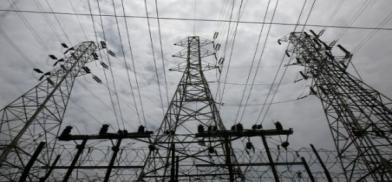Bangladesh brings 100% population under electricity coverage; joins Sri Lanka, the Maldives and Bhutan in South Asia
Dhaka has also been exploring trilateral cooperation in power sectors among India-Bhutan-Bangladesh and Nepal-India-Bangladesh

Bangladesh has achieved the 100 percent electrification target, in yet another milestone for Prime Minister Sheikh Hasina who has garnered tremendous fame for the economic rise of the country. With this, Dhaka joins Sri Lanka, the Maldives, and Bhutan in the South Asian region, with 100 percent electricity coverage.
“We have already taken electricity to remote areas. All the homes except those under construction are reaping the benefit of electricity,” Nasrul Hamid, the state minister for power and mineral resource, was quoted as saying by The Daily Mirror.
From 2009, when just 47 percent population were under electricity coverage, the country made remarkable progress in the power sector in the last decade, bringing total annual power generation capacity to 25,514 megawatts— almost five times of 4942 megawatts in 2009, making the frequent power cut as thing of the past.
In 2009, Bangladesh initiated one of the world’s most ambitious rural electrification programs, providing 90 million people access to power, with the backing of the World Bank and other multilateral agencies. In the last 12 years, the length of the country's transmission line network expanded from just 8000 km in 2009 to over 13,213 km in 2022.
Under Prime Minister Hasina, Bangladesh’s rise as a regional economic power, with a compound annual growth rate of 8.9 percent in exports between 2011-2019, caught the attention of the world in the last few years. However, with economic growth, the country’s energy requirement has also been growing.
The state minister for power has announced that Hasina will formally announce the 100 percent electricity coverage in a special event on 21 March. From just 27 power plants in 2009, the number rose to 150 in 2022. And, the country still imports over 1000 megawatts from India.
“The economic success is not only seen in cities – but it is also visible in rural areas,” Khondaker Golam Moazzem, research director of the Dhaka-based Centre for Policy Dialogue, was quoted as saying by The Daily Star
"It is a major achievement of the government," he said, adding that the government had worked in the last decade to attain the goal.
Furthermore, Dhaka has also been exploring trilateral cooperation in power sectors among India-Bhutan-Bangladesh and Nepal-India-Bangladesh. Interestingly, New Delhi has already taken a lead in the region, building capacity, especially in connectivity and power sectors in neighboring countries.
Both Bhutan and Nepal, that have tremendous hydropower generation potential with little domestic demand, are interested in exporting electricity to power-hungry countries like India and Bangladesh.
(SAM)








Post a Comment